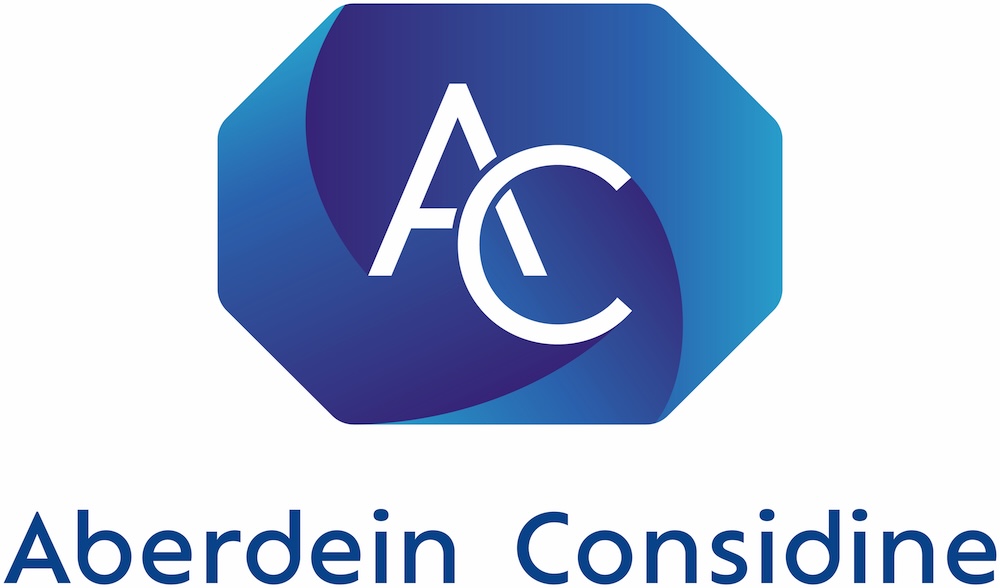Ahsan Mustafa: What Scotland’s 2025 charity accounts regulations mean in practice

Ahsan Mustafa
Ahsan Mustafa discusses the key reforms introduced by The Charities Accounts (Scotland) Amendment Regulations 2025, including modernised accounting thresholds, new safety dispensations for security risks, and alignment with UK reporting standards.
The Scottish Government has introduced a major reform of charity accounting rules through The Charities Accounts (Scotland) Amendment Regulations 2025 (SSI 2025/341).
Laid before the Scottish Parliament on 10 November 2025 and effective from 1 January 2026, the regulations modernise accounting thresholds, update financial terminology, and introduce long awaited safety provisions that allow charities to withhold sensitive information from public disclosure where there is a genuine security risk.
These changes form the most substantial update to Scotland’s charity accounting regime in nearly a decade, signalling a renewed effort to keep the system both proportionate and protective.
A Fresh Alignment with UK Accounting Standards
The 2025 regulations redefine the meaning of “the SORP”, the Statement of Recommended Practice governing charity accounting, to align with the October 2025 edition of FRS 102.
This ensures Scottish charities now use the same reporting benchmark as their counterparts elsewhere in the UK. The update resolves a growing divergence between jurisdictions and promotes greater consistency for charities that operate or report across borders.
For practitioners, this means that accounts prepared under the revised SORP should now present a clearer and more comparable financial picture, particularly in the areas of income recognition, fundraising disclosure, and governance reporting.
Raising the Bar for Audits and Group Accounts
A key policy shift is the significant increase in financial thresholds. The minimum level at which a charity must undergo a full audit has been raised from £500,000 to £1 million. The same figure now applies to the requirement for consolidated group accounts and to the level at which an independent examination becomes mandatory.
In practical terms, this change reduces the administrative burden for smaller charities, particularly those whose income fluctuates around the mid-range. For larger organisations, audit requirements remain robust, preserving public confidence where sums are substantial or complexity is high.
The Scottish Government’s accompanying explanatory note makes clear that this adjustment reflects inflation, the rising cost of audit services, and a desire to focus external scrutiny where it adds the most value.
A Single, Standard Form of Independent Scrutiny
Another subtle but meaningful change is the replacement of two familiar phrases, “auditor’s report” and “independent examiner’s report”, with one consistent term: “independent report on accounts.”
This reform is more than linguistic. It clarifies that all forms of external scrutiny share the same statutory footing under the Charities and Trustee Investment (Scotland) Act 2005. By simplifying the terminology, the regulations avoid confusion and reflect the reality that both auditors and independent examiners serve the same regulatory function: providing assurance that accounts have been properly prepared and give a fair view of a charity’s finances.
Updated Guidance for Education Charities
Charities operating in higher or further education, including universities and colleges registered with OSCR, will now prepare accounts using the 2025 edition of the SORP for Further and Higher Education, replacing the earlier 2015 framework.
The new version modernises accounting treatment for student income, endowments, and research funding. It also harmonises the disclosure requirements between educational charities and other public benefit entities, making it easier to compare institutional finances across the sector.
Protecting People and Premises: The New Regulation 15
The most distinctive reform lies in the introduction of Regulation 15, which establishes a process for charities to request “safety and security dispensations.”
For the first time, a charity can apply to the Office of the Scottish Charity Regulator (OSCR) to omit information from its publicly available accounts if disclosing that detail would present a credible risk to safety or security. This might involve the omission of a trustee’s name, a private address, or the location of a refuge or service site.
OSCR must grant the application where a genuine threat exists, and its decision can be reviewed or appealed under the mechanisms set out in Chapter 10 of the 2005 Act.
This reform responds directly to sector feedback, especially from charities working with survivors of abuse, at risk youth, or politically sensitive causes. It represents an overdue recognition that transparency and personal safety are not mutually exclusive values.
Practical Adjustments for Large Trustee Boards
The regulations also address a more mundane but persistent problem. Where a charity has a very large board, for instance, a national institution, university, or faith body, it will no longer be required to list every trustee in its annual report.
If there are more than 50 trustees, it will now be sufficient to name any 50, allowing organisations to manage their reporting obligations without producing unwieldy trustee lists that add little to public understanding.
This practical reform reflects OSCR’s growing emphasis on proportionality in reporting and governance disclosures.
Transition and Implementation
The new rules will apply to financial years beginning on or after 1 January 2026. Earlier accounting periods will remain subject to the existing Charities Accounts (Scotland) Regulations 2006.
This transitional period gives charities, auditors, and software providers time to adjust templates and ensure compliance before the new standards take full effect. OSCR is expected to publish detailed guidance and updated templates ahead of implementation.
A Shift Towards Proportionate Regulation
The 2025 amendments represent a carefully balanced evolution of the Scottish charity accounting framework. By raising thresholds and simplifying language, they ease the regulatory burden on smaller organisations while maintaining the safeguards essential for public trust.
The alignment with the 2025 SORP closes a technical gap with the rest of the UK, reducing duplication and uncertainty for multi-jurisdictional charities. At the same time, the introduction of safety and security dispensations reflects a modern understanding of risk in an increasingly digital and exposed environment.
The overall effect is a framework that feels more proportionate, more contemporary, and more attuned to the realities of running a charity in Scotland today.
Looking Ahead
As charities prepare for these changes, boards should ensure that finance and governance teams are aware of the new thresholds and reporting terms, and that policies for data protection and risk management are aligned with the safety dispensation process.
For most organisations, the new regulations will bring simplification rather than upheaval. But for those operating in sensitive contexts, Regulation 15 marks an important shift, signalling that accountability in the charitable sector can coexist with a responsible approach to privacy and security.

Ahsan Mustafa is a senior associate in the banking litigation team at Aberdein Considine LLP








